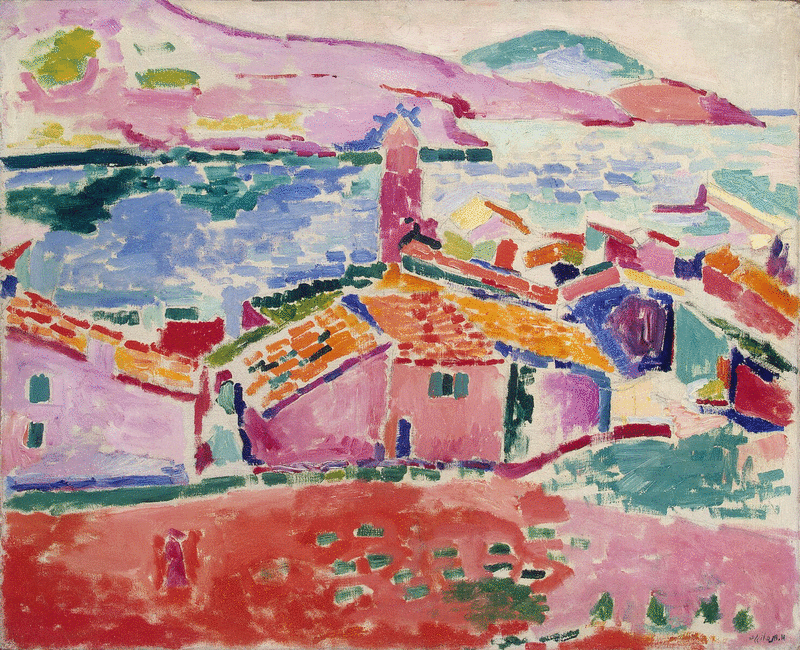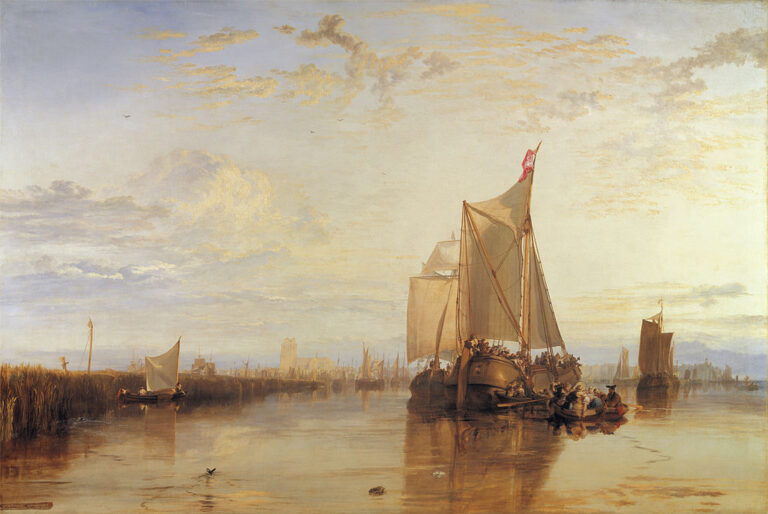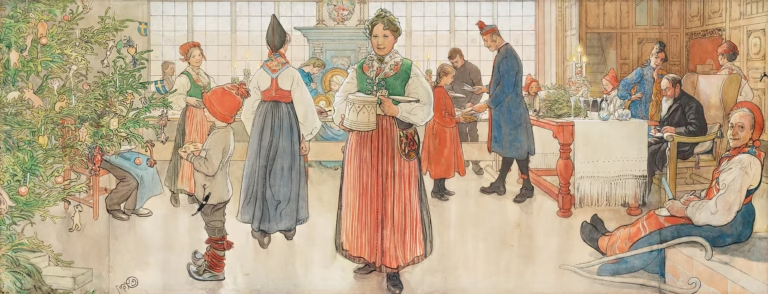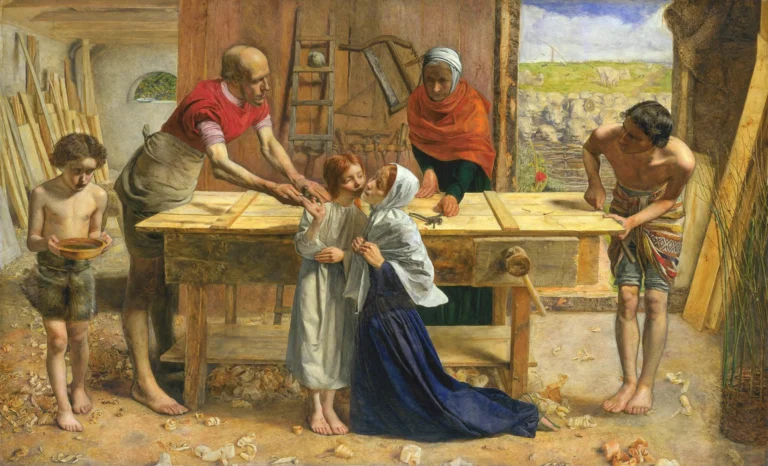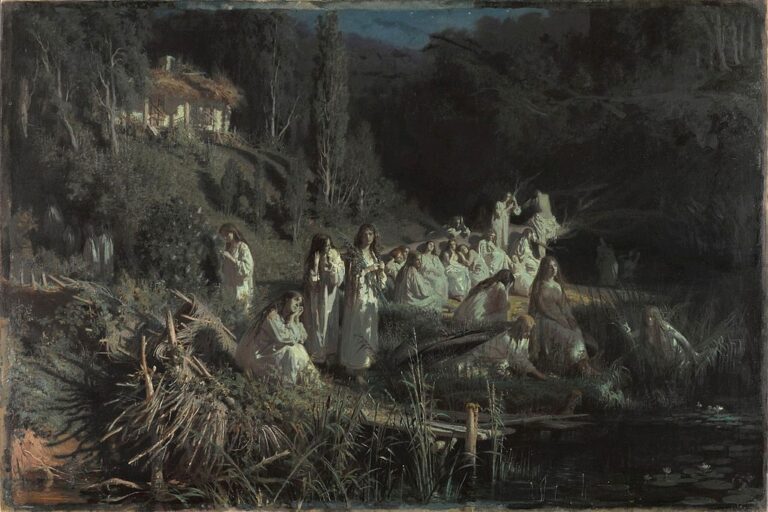Henri Matisse: Painter Who Revolutionized Modern Art
Born: 7 August 1867, Nolde, North German Confederation
Death: 3 November 1954, Nice, France
Art Movement: Fauvism, Modernism, Post-Impressionism
Nationality: French
Teacher: Gustave Moreau
Institution: Académie Julian and École des Beaux-Arts, Paris
Henri Matisse: Painter Who Revolutionized Modern Art
Life and Career of Henri Matisse
Henri Matisse became one of the most important French painters of the 20th century. His vibrant use of color and innovative style had a major impact on modern art.
Early Life and Education
Henri Matisse was born on December 31, 1869 in Le Cateau-Cambrésis, France. As a young man, he studied law in Paris. But after an illness, he began painting and found his true passion.

Still Life with Dance (1909) by Henri Matisse
Matisse studied art at the Académie Julian and École des Beaux-Arts in Paris. His early teachers included symbolist painter Gustave Moreau.
At first, Matisse painted in a traditional style. But he soon began experimenting with brighter colors and looser brushstrokes.
Rise to Fame
In the early 1900s, Matisse helped start the Fauvism movement. Fauvism used bold, unrealistic colors to express emotions.
His 1905 painting “Woman with a Hat” shocked critics with its wild colors. But it also brought Matisse fame as a leader of modern art.
Matisse became friends with other artists like Pablo Picasso. He also met important art collectors like Gertrude Stein.
By 1920, Matisse was seen as one of the great masters of modern painting. His work focused on color, pattern, and shape more than realism.
Later Years and Death
In his later years, Matisse lived in the south of France. He kept working even when illness made it hard to paint.
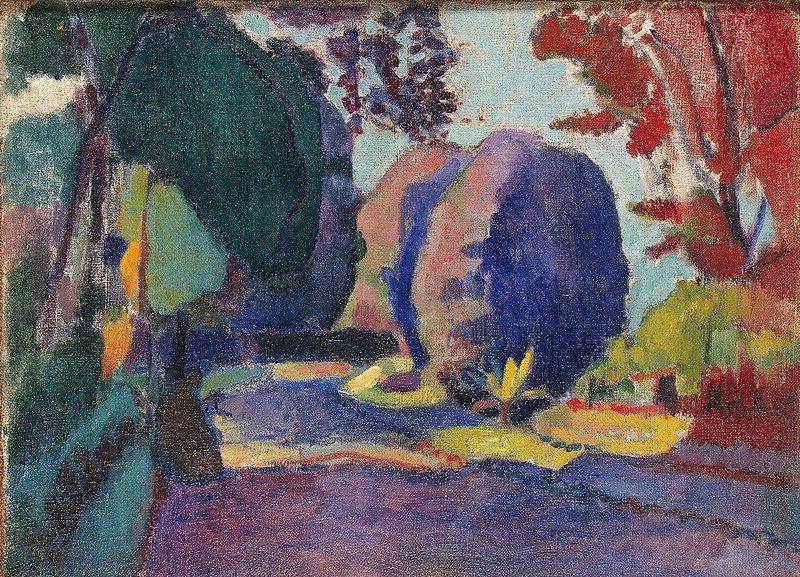
Luxembourg Gardens (1901) by Henri Matisse
Matisse created colorful paper cutouts when he could no longer stand at an easel. These became some of his most famous works.
He also designed the Chapelle du Rosaire in Vence, France. This was his last major project before his death.
Henri Matisse died on November 3, 1954 in Nice, France. He was 84 years old. His bold style and use of color changed the course of modern art.
Artistic Style and Innovations
Henri Matisse’s artistic style changed over time. He tried new ways to use color and shape in his art. Matisse became known for his bold colors and simple forms.
Development of Fauvism
Matisse helped create Fauvism in the early 1900s. This style used bright, unnatural colors. Fauvist paintings had strong brushstrokes and simple shapes.
“Woman with a Hat” is a famous Fauvist work by Matisse. It shows his wife with bright green, blue, and orange colors.
Matisse painted landscapes and still lifes in this style. He wanted to express feelings through color. The Fauvist movement was short but important. It helped push art towards more modern styles.
Beyond Color: Drawing and Sculpture
Matisse also focused on drawing and sculpture. His drawings used clean, simple lines. He often drew portraits and nudes.

The Moroccans (1915–16) by Henri Matisse
Matisse’s sculptures were inspired by African art. They had smooth shapes and a sense of movement.
“Blue Nude” is a famous sculpture by Matisse. It shows a woman in a curled pose. The sculpture is simple but powerful. Matisse’s drawings and sculptures show his skill with form and balance.
Late Career: Cut-Outs and Collage
In his later years, Matisse created cut-outs. He cut shapes from colored paper and arranged them.
This new style let him keep working when he was ill. “Jazz” is a famous book of Matisse’s cut-outs.
The cut-outs were big and colorful. They often showed nature themes. Matisse called this technique “painting with scissors.” It became his main art form in his final years. The cut-outs combined drawing, color, and sculpture in a new way.
Influence and Legacy
Henri Matisse left a lasting mark on the art world. His bold use of color and innovative techniques shaped modern art and continue to inspire artists today.
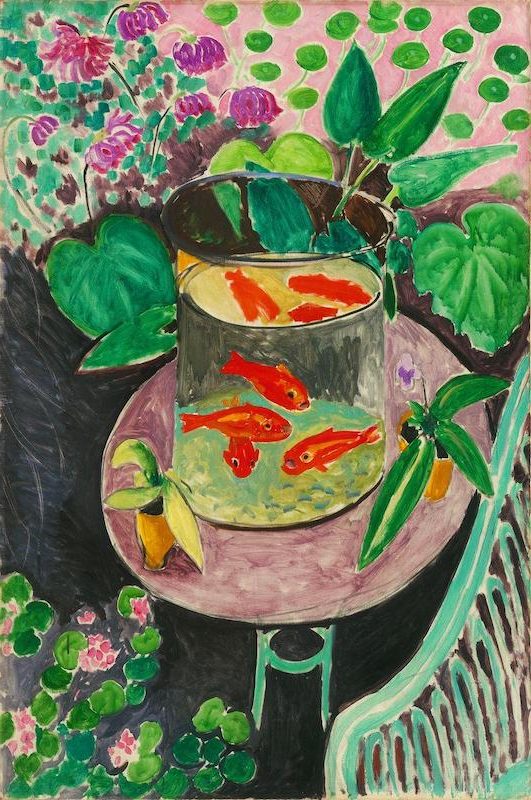

Impact on Modern Art
Matisse’s work changed how artists use color. He led the Fauvist movement, which used bright, unrealistic colors. This new approach influenced many artists after him.
Matisse’s style broke from traditional painting methods. He focused on expressing feelings through color and shape.
His art inspired abstract expressionists and other modern artists. Matisse’s work showed that art could be more about emotion than exact representation. This idea helped push art in new directions.
Prominent Works and Exhibitions
Some of Matisse’s most famous paintings include “Woman with a Hat” and “The Green Line.” These works shocked viewers with their bold colors.
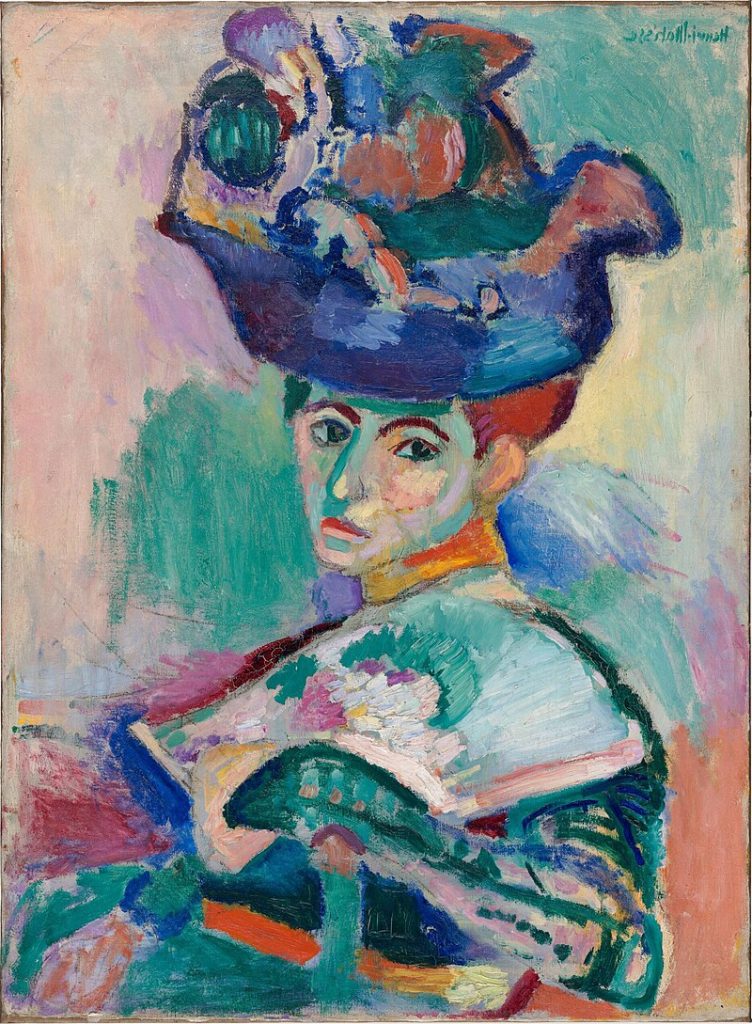
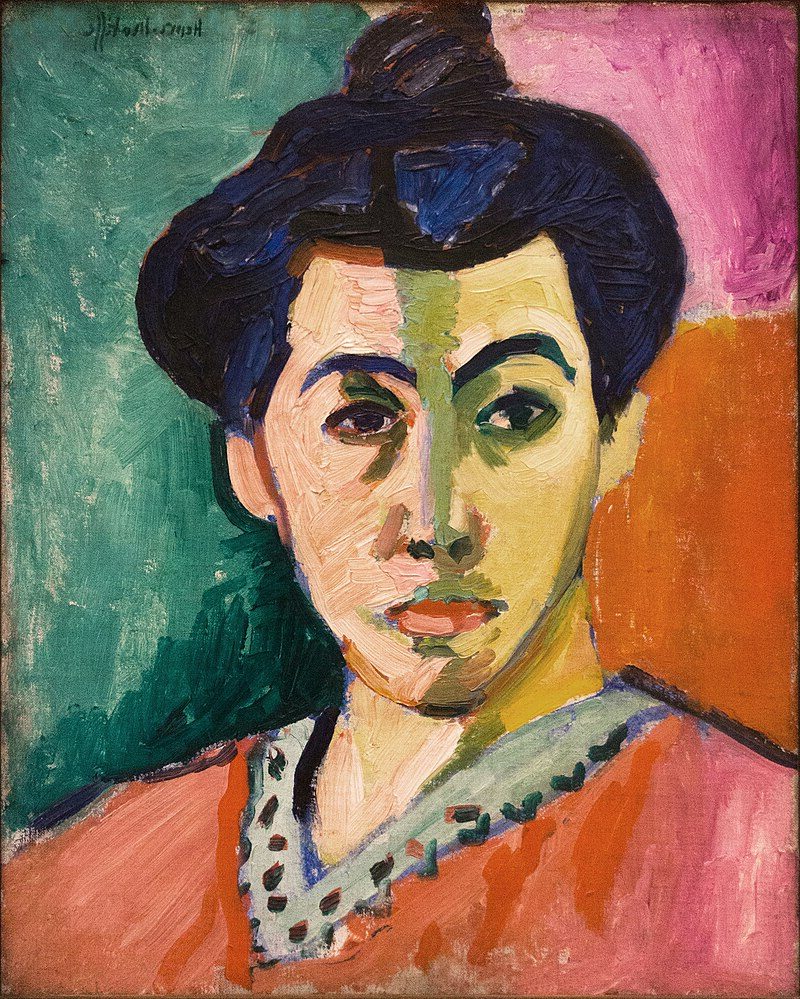
“The Red Studio” is another key piece that shows his unique style.
Matisse also made important cut-paper collages later in life. His book “Jazz” features colorful cut-out designs.
Many museums have held big shows of Matisse’s art. The Museum of Modern Art in New York had a major exhibit of his cut-outs in 2014.
Continued Relevance in Contemporary Art
Artists still look to Matisse for ideas today. His use of bright colors and simple shapes can be seen in many modern paintings.

Dishes and Fruit (1901) by Henri Matisse
Matisse’s cut-paper technique has inspired graphic designers and illustrators.
His influence extends beyond painting. Fashion designers often cite Matisse as an inspiration for their colorful prints. Even some modern architects say Matisse’s sense of space and color affects their work.
Matisse’s art continues to be popular with the public. His cheerful, colorful style appeals to many people. Art students still study his techniques and ideas in schools around the world.
Frequently Asked Questions
Henri Matisse was a key figure in modern art. His work spanned many decades and had a big impact on painting.
What is Henri Matisse best known for in the realm of art?
Matisse is best known for his bold use of color and simplified shapes. He helped start the Fauvism art movement in the early 1900s.
His paintings often show bright colors and fluid lines. Many feature interior scenes, landscapes, and figures.
How did Henri Matisse influence the art movement of his time?
Matisse pushed art in new directions with his focus on color and form over realism. He was a leader in Fauvism, which used vivid colors in new ways.
His work inspired other artists to be more expressive. It helped pave the way for later modern art styles.
Can you list some notable characteristics of Henri Matisse’s painting style?
Matisse’s style had several key traits:
- Bright, bold colors
- Simplified shapes and forms
- Flat areas of color
- Loose, fluid brushstrokes
- Abstract elements mixed with recognizable subjects
He often left parts of his canvases unpainted to create contrast.
What was the role of Henri Matisse’s family in his artistic career?
Matisse’s family gave him support throughout his career. His wife Amélie managed his business affairs for many years.
His children sometimes posed for his paintings. Later in life, his daughter Marguerite helped care for him as his health declined.
What is the estimated value range for original artworks by Henri Matisse?
Matisse’s paintings can sell for very high prices. Major works have sold for over $50 million at auction.
Smaller paintings and drawings tend to sell for $1 million to $20 million. Prints are more affordable, often in the $5,000 to $100,000 range.
Approximately how many paintings did Henri Matisse complete in his lifetime?
Matisse was very productive over his long career. He created around 1,000 paintings.
He also made many drawings, prints, and sculptures. In his later years, he produced a large number of paper cut-outs.

